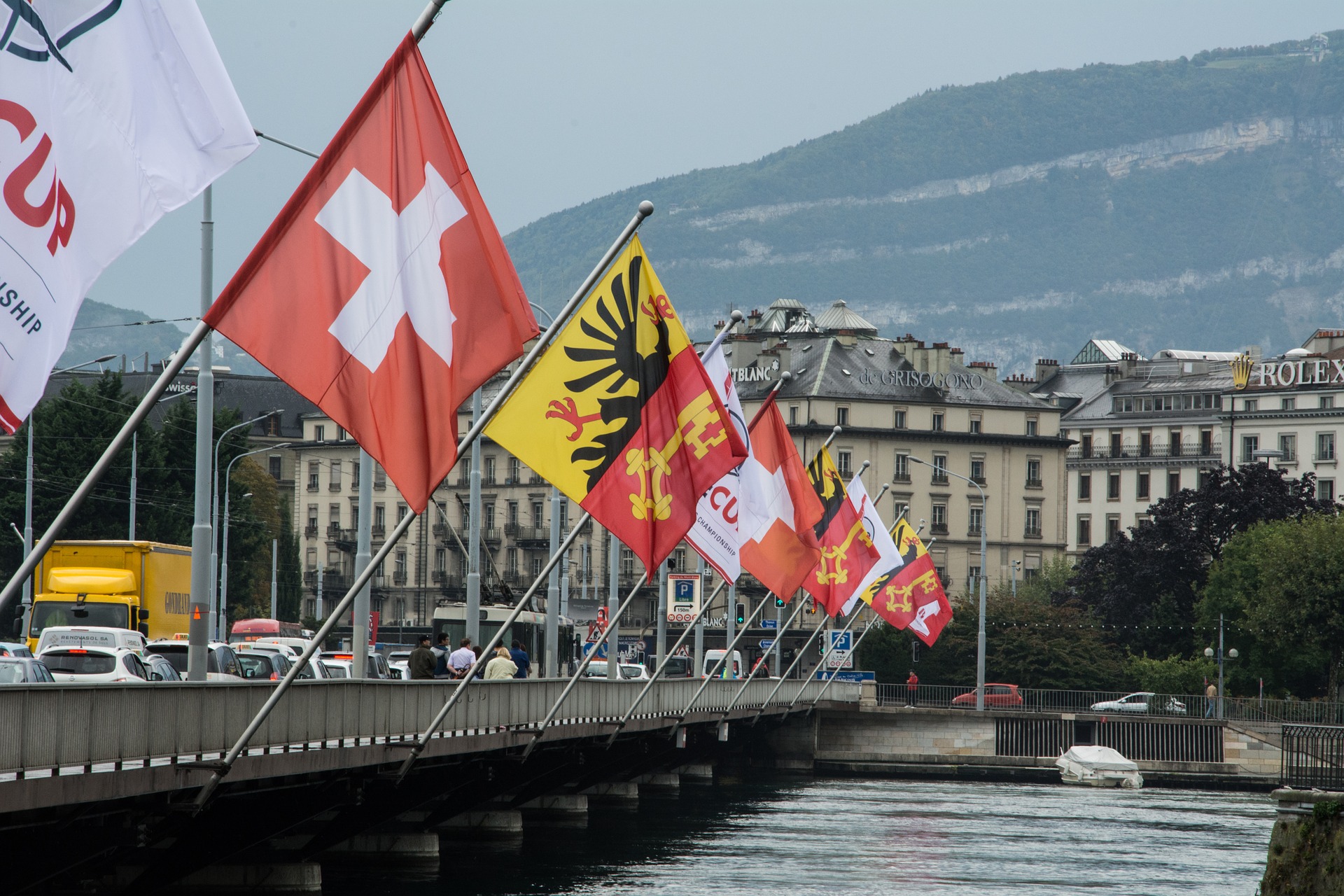
31 Aug Welcome to Switzerland
Since 1959 Switzerland has been governed by what is called a “Magic Formula”, according to which the four largest parties in the country rule together. It is not a government of national unity but of national agreement (Entente Nationale). The right parties have the majority.
I – The federal political organization:
Swiss direct democracy is often used as an example, rarely criticized. It’s not well understood outside our borders.
In Switzerland, as elsewhere, there is a Government which is the Federal Council, a Chamber of Deputies which is the National Council and a Senate which is the Council of States.
Most of the laws and other acts voted by Parliament come into force without the people being called to rule. A vote (referendum) is nevertheless possible in two cases:
1) When citizens object a Parliament decision, they must collect 50 000 valid signatures, within 100 days from the official publication of the act, or that eight cantons ask for it, the law will be put to the vote of the people (optional referendum); the law will only enter into force if the majority of the people accept it in voting.
2) Certain acts voted by the Parliament, in particular the revisions of the Constitution, are obligatorily subjected to the vote of the people and the cantons (obligatory referendum); the revisions of the Constitution come into force only if the majority of the people and the cantons accept them in voting.
The National Council has 200 deputies, who represent the Swiss people. The more populated a canton is, the more representatives it has in the House of the People.
The Council of States has 46 deputies (senators), who represent the cantons. Each canton is represented by two deputies, except the former half-cantons, who are only represented by one senator.
The National Council and the Council of States treat the same objects and have the same powers. Some decisions, including the election of the Federal Council, are taken by the Federal Assembly (Chambers together), but for the most part, the two Houses deliberate separately. If their opinions do not match, they settle the differences.
The Federal Council has seven Federal Councillors. In turn, one of them is elected President of the Confederation for one year, which starts on the first of January. They are elected every four years, but practically, they are renewed every four years, with rare exceptions. The idea is that Federal Councillors are not in election campaign all the time. In case of resignation of a Federal Councillor before the end of a legislature (4 years), the federal chambers elect a replacement. Often a Federal Councillor remains in the executive between 8 and 16 years. He or she alone has the power to resign. You can become a federal councillor without being a candidate. It is enough to be Swiss and to have the right to vote. The annual salary of a Federal Councillor is approximately CHF 485 000.- and the lifetime pension of 220 000.- provided that, together with their other income accumulated in their pension as former Federal Councillor, they must not exceed the salary of a current federal councillor, otherwise their ministerial pension is reduced accordingly.
Our Parliament members are militiamen/women. Each of them keeps a professional activity. They receive compensation in the form of retribution, between 130 and 150 thousand francs a year, to pay for their assistants, secretaries, travel, etc. Hence the possibility of lobbies nuisance.
Before 2023 the people will decide on the financing of political life in Switzerland, and the trend would be to the professionalism of parliamentarians, which would imply a better independence of the elected representatives.
The Swiss group the communal, cantonal and federal votes four times a year. Dates are known in advance for the coming 20 years.
II – The famous Federal People’s Initiative
The people can request a total or partial amendment of the Constitution but not the revision or the introduction of a new federal law. This provides great political stability in the country.
To launch an initiative, it is necessary to collect 100,000 signatures in 18 months. Initiatives are rarely won because the authorities seek a compromise to push the initiators to withdraw the initiative during the period of the signatures collection, or by the proposal of a counter-project, submitted at the same time as the initiative to vote, and that favours some of the claims in a mitigated way.
The whole system is based on concordance, consensus and co-decision. The People is The Sovereign.
One example summarizes the unity of the Country; The initiative AGAINST tax packages:
Rich foreigners can settle in Switzerland by choosing a tax according to their lifestyle. Several Swiss-German cantons had abolished this tax system at home. But when it came to voting at the federal level, for all the cantons at once, they wanted to maintain this tax system, to help the Latin cantons (Romandie and Ticino) who insist on it. This initiative from the Social party was refused. but it served as a great lesson in democracy, and affirmed the motto of Switzerland: “one for all, all for one”, which Alexandre Dumas popularized in The Three Musketeers.
III – The petition
The constitutional device that I like most about the Swiss legal system is the petition. Anyone can start a petition. Whether it is launched in writing or online, the petition has no legal value in itself, but the authority to which the petition is addressed is required to take note of it, but not to respond to it. However, as a general rule, the authorities process petitions and respond to them.
This article is a summary of my original article in French published in journal le monde: “La démocratie Suisse pour les nuls”.
Elie Hanna



No Comments